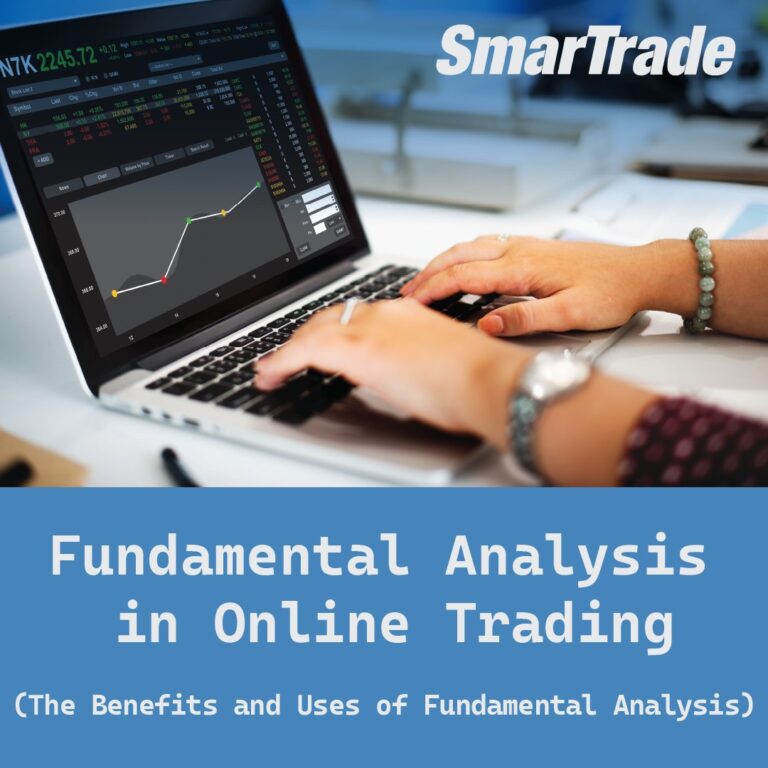Fundamental Analysis
The Benefits and Uses of Fundamental Analysis

Fundamental analysis (FA) is a method of analyzing the value of an investment or financial instrument by examining related economic and financial factors. Fundamental analysis should be used alongside technical analysis, or charting. It’s a way to help investors and analysts create accurate forecasts about financial instruments. Some examples for that are trading currencies, stocks, bonds, and derivatives and whether their values will increase or decrease over time. Read on to learn more about fundamental analysis. Like how it can be used to benefit your investing strategy and portfolio management skills.
Fundamental analysis (FA) is the study of factors that determine the intrinsic value of stocks, bonds, and other securities. Also. it’s called financial analysis or simply analysis. It can be applied to individual stocks, the stock market as a whole, bonds, commodity markets, and currency trading markets. While fundamental analysis has existed in some form since the first markets were established. It has undergone considerable change over time and remains an important way to view investments from an objective perspective.
How To Do Fundamental Analysis
The first step in fundamental analysis is understanding and monitoring economic trends, as well as anticipating where they might lead. On a fundamental level, fundamental analysts look at the gross domestic product (GDP), which measures how much a country’s economy is producing. They also examine income and employment rates to get an idea of spending habits. Some economists view inflation as a major factor that can affect investments; if inflation grows, those dollars are worth less over time, and demand for products falls. In addition to government reports and other statistical data, investors study specific companies and their earnings potential to determine how they might fare in a growing or volatile economy. Another important aspect of fundamental analysis involves macroeconomics, or how financial trends on a national level will affect your stock portfolio or currency value.
When to use Fundamental Analysis
There are a number of different reasons to use fundamental analysis. It’s often used in determining whether an investment is worth pursuing or not, as well as how much to invest. Fundamentals can also be used in helping investors identify possible short-term market trends and profitable investments, long-term growth rates, and many other things. Although it can’t always predict future market performance, FA is considered one of the most important tools for analyzing stocks or any other type of investment. But FA isn’t necessarily just for stocks; you can also use it to analyze options, forex trading, futures contracts, exchange-traded funds (ETFs), mutual funds, bonds, commodities—anything that trades on a regulated exchange like NYSE or NASDAQ.
Who uses Fundamental Analysis?
Traders, investors, analysts, and most people who aren’t flipping houses for a living use fundamental analysis to assess value. Some of them use FA to gauge where securities are relative to one another; investors use it as a way to figure out how much money they should be putting into each security; analysts use it for making future predictions about stocks. In addition, traders, investors, analysts, and most people who aren’t flipping houses for a living use fundamental analysis to assess value. These traders use FA to gauge where securities are relative to one another; investors use it as a way to figure out how much money they should be putting into each security; analysts use it for making future predictions about stocks.
Financial Analysis
Financial analysts have access to several different types of analysis, one is typically more popular than the others. This form is called fundamental analysis (FA), or technical analysis for short. Both styles have their own set of pros and cons; you should consider both before beginning any investment decision. For example, FA provides a broader lens by which to measure price fluctuations over a longer period of time. It may be useful to identify trends using technical analysis. However, it’s important not to get caught up in what ifs or charting when determining values through fundamental analysis.
Trading and Investing
All investments involve some degree of risk. If you intend to purchase securities – such as currencies, commodities, stocks, bonds, or mutual funds – it’s important that you understand before you invest that you could lose some or all of your money.
Do you want to know more about trading and investing? There are more than enough learning sessions to get you started, regardless of your learning style. With SmarTrade, you can pick from experienced-led courses and study at your own speed. Comes with lifelong access to free one-on-one coaching. You’ll also learn the fundamentals of day trading, Learn how to trade forex, CFDs, Stocks, and Commodities. Learn more about SmarTrade and get started right away.
To learn more about FOREX TRADING and many more visit our website at: https://smartradeph.com/
Like our social media pages to see schedules for our free online training/seminars and one on one coaching.
Facebook: https://www.facebook.com/smartradeph/
Instagram: https://www.instagram.com/smartradeph/
Linkedin: https://www.linkedin.com/company/smartrade-philippines/
Twitter: https://twitter.com/smartradeph
Youtube: https://www.youtube.com/c/SmarTradePH
Tiktok: https://www.tiktok.com/tag/smartrade


